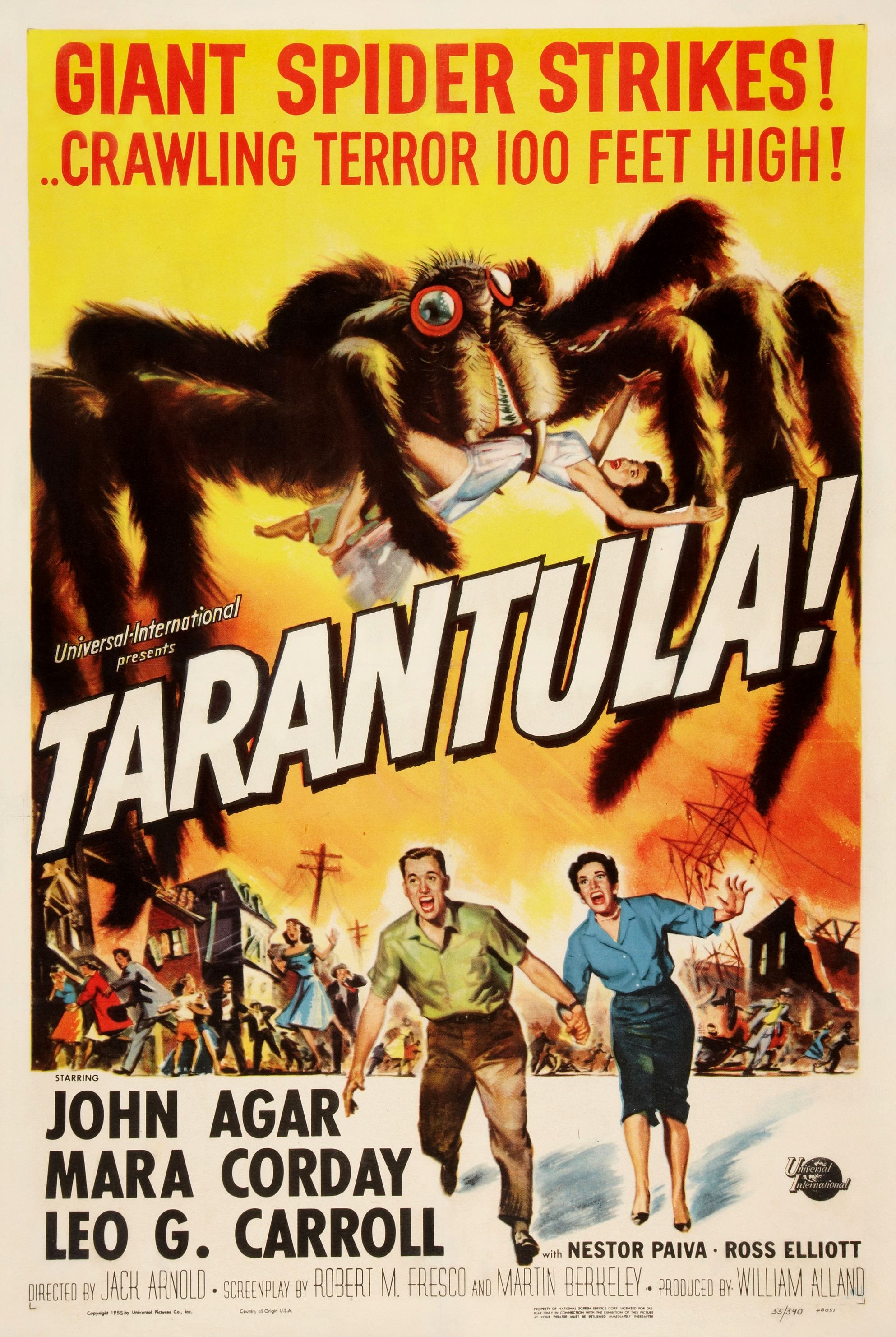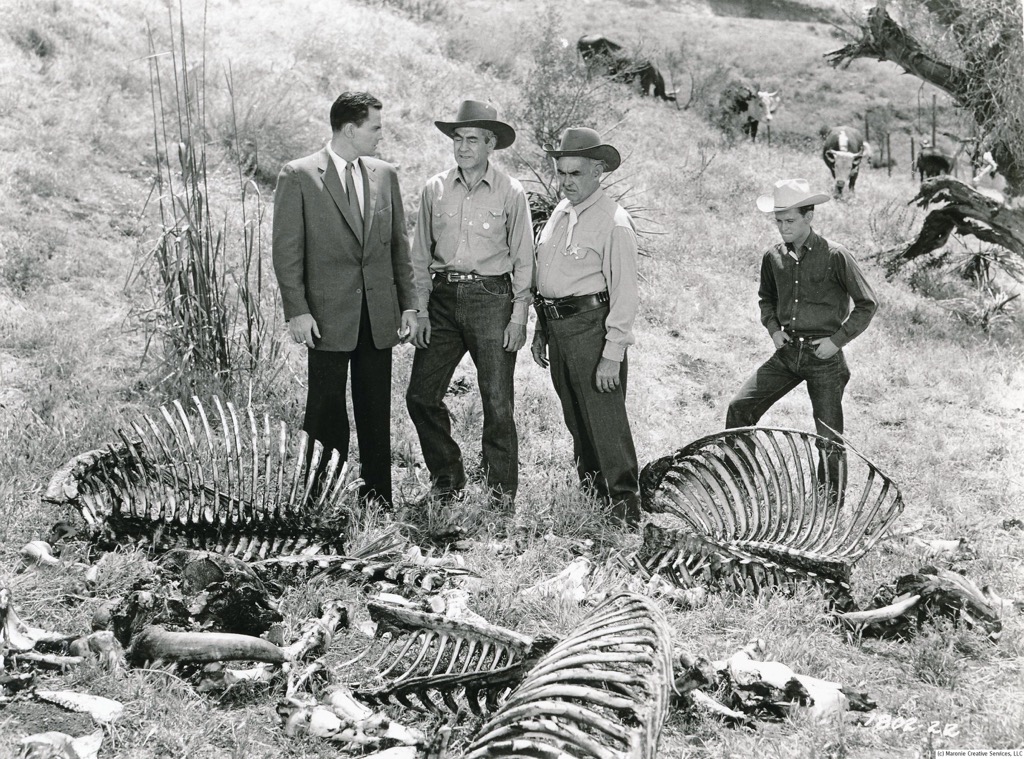- Home
- Features
- Movies/Media
- Collectibles
- Comics/Books
-
Databases
-
Figure Database
>
-
X-Plus Toho/Daiei/Other
>
- X-Plus 30 cm Godzilla/Toho Part One
- X-Plus 30 cm Godzilla/Toho Part Two
- X-Plus Large Monster Series Godzilla/Toho Part One
- X-Plus Large Monster Series Godzilla/Toho Part Two
- X-Plus Godzilla/Toho Pre-2007
- X-Plus Godzilla/Toho Gigantic Series
- X-Plus Daiei/Pacific Rim/Other
- X-Plus Daiei/Other Pre-2009
- X-Plus Toho/Daiei DefoReal/More Part One
- X-Plus Toho/Daiei DefoReal/More Part Two
- X-Plus Godzilla/Toho Other Figure Lines
- X-Plus Classic Creatures & More
- Star Ace/X-Plus Classic Creatures & More
-
X-Plus Ultraman
>
- X-Plus Ultraman Pre-2012 Part One
- X-Plus Ultraman Pre-2012 Part Two
- X-Plus Ultraman 2012 - 2013
- X-Plus Ultraman 2014 - 2015
- X-Plus Ultraman 2016 - 2017
- X-Plus Ultraman 2018 - 2019
- X-Plus Ultraman 2020 - 2021
- X-Plus Ultraman 2022 - 2023
- X-Plus Ultraman Gigantics/DefoReals
- X-Plus Ultraman RMC
- X-Plus Ultraman RMC Plus
- X-Plus Ultraman Other Figure Lines
- X-Plus Tokusatsu
- Bandai/Tamashii >
- Banpresto
- NECA >
- Medicom Toys >
- Kaiyodo/Revoltech
- Diamond Select Toys
- Funko/Jakks/Others
- Playmates Toys
- Art Spirits
- Mezco Toyz
-
X-Plus Toho/Daiei/Other
>
- Movie Database >
- Comic/Book Database >
-
Figure Database
>
- Marketplace
- Kaiju Addicts
|
Tarantula is a 1955 American black-and-white science fiction giant monster film from Universal Pictures, produced by William Alland, directed by Jack Arnold, that stars John Agar, Mara Corday, and Leo G. Carroll. The screenplay by Robert M. Fresco and Martin Berkeley was based on a story by Arnold, which was in turn inspired by Fresco's teleplay for the 1955 Science Fiction Theatre episode, "No Food for Thought", that Arnold also directed.
He cannot offer an explanation but attempts to convince Hastings this was only an anomaly, not a result of anything sinister. Hastings appears to accept this apology. After Hasting leaves, Deemer goes to his closed lab, where huge cages contain white rabbits and mice, some of enormous size. Deemer examines each of the oversized specimens, noting when each last received an "injection", and how many each has had altogether. Then he turns to observe a glass-fronted inset in the back wall, as a different sort of specimen slides into view inside - a tarantula bodily the size of a large dog, plus legs. As Deemer finishes his observations of this creature, a second deformed man appears, attacks Deemer and begins destroying the lab. During this rampage the lab catches fire and the glass covering the tarantula's cage is shattered. The man grabs a hypodermic that Deemer was preparing, knocks him out, and injects him with the contents. As flames and electrical sparking rage over the lab, the arachnid escapes outdoors, and the deformed man collapses and dies. Deemer regains consciousness, grabs a fire extinguisher, and puts out the fire. That night, Deemer calmly buries the body of his assailant - whom he has recognized from the first attack as his other assistant, Paul Lund - in the desert. The following day, the intercity bus brings a newcomer to town, a young, beautiful woman who is expecting to be met by Dr. Deemer. Told by the hotel clerk that she will have to wait until the only taxi in town returns from a mission, she accepts a ride from Dr. Hastings, who is again going to Deemer's place and is apprised of her plight. She introduces herself to him as Stephanie Clayton, nicknamed "Steve", who has signed on to assist in the lab, to replace Paul Lund, as part of her doctoral degree program. When they arrive at the mansion, Deemer tells them that the fire was caused by an equipment malfunction. He indicates that all the animals were killed in the fire, and explains that Lund has already left his employ. As Steve's contract stipulates that she live in Dr. Deemer's residence, Dr. Hastings leaves her there with her suitcases. Steve begins working in the lab and proves to be a capable lab assistant. A couple of days later, Dr. Hastings finds a mystery has arisen, involving clean-picked cattle carcasses and pools of a thick white liquid up to eight feet in diameter, when the sheriff calls on him for help. Unknown to anyone, the cause is the tarantula, now the size of Deemer's mansion, which is hungrily beginning to ravage the countryside: the next night, a horse-rancher is killed by the spider outside his stable and later a pickup truck is flipped by the tarantula in order to get at the two men inside. Elsewhere, two hoboes trying to enjoy a meal and a smoke on the open range are chased and killed. While this carnage is occurring, Hastings has decided to pay a call on Steve. Explaining that Deemer has been acting and looking ill recently and gone to bed, she shows Matt what they have been working on - the use of radioactive elements to produce an artificial super-nutrient which, once perfected, could provide an unlimited food option for humanity. She shows Matt some of the giant lab-animals created just since her arrival as an unintended side-effect of the nutrient. Suddenly Deemer appears, furious. He chews out Steve for revealing "secret" work and orders Matt to leave. Before he goes, he notices there are some subtle changes in Deemer's appearance as well as in his demeanor. The following day at the destroyed horse ranch, Hastings once again appears at the request of the sheriff and, finding again pools of the strange, thick liquid, decides an analysis of this substance might solve the mystery. He takes a sample and flies it to the university in Phoenix, where Dr. Townsend determines that it is tarantula-venom, only in such a quantity that only a monster-spider could produce. After viewing a film prepared by Townsend, showing the predatory ferocity of a normal tarantula, he phone calls Dr. Deemer but is told by Steve that he has become even more ill and is again abed. He again appears behind her, this time hanging up the phone. Matt thus hastens to his airplane and flies quickly back to Desert Rock. Upon arriving there, he drives to the Deemer mansion, where he finds Deemer, severe acromegalic deformities rapidly setting in, resignedly under the care of Steve as he knows he is nearing death. He divulges all he knows about the nutrient's effects on humans and animals and tells of Lund's death. Matt then returns to town to brief the sheriff on what he has learned from Dr. Townsend and at the mansion. As night falls, the tarantula comes to the mansion. Deemer is killed but Steve escapes when Hastings returns by car. The tarantula pursues them down the highway toward the town. The sheriff and his men intercept the pursuit, but their guns do not faze the tarantula. Hastening to town, they gather dynamite, but a blast big enough to blow up the highway does not faze the monster either. As they complete a hasty evacuation of the town, the air force, summoned by the sheriff, arrives in the form of a jet squadron which launches a napalm attack, successfully incinerating the giant tarantula at the town's edge. Cast
Production Tarantula takes place in the fictional town of Desert Rock, Arizona. The film's special effects, which depict giant animals and insects, were advanced for the mid-1950s time period. Real animals, including a rabbit and the guinea pig in Professor Deemer's lab, were used to represent their giant on-screen counterparts. A live tarantula was used whenever the gigantic spider is seen moving. Shooting miniatures were reserved for close-ups of its face and fangs and for the final scenes of the giant spider being set ablaze by the jet squadron's napalm attack. The resulting scenes proved more convincing than the giant prop ants used in the earlier Warner Bros. big-bug film Them! (1954). Of this and the entire film, Jack Arnold said about Tarantula: "We decided to do this film because, generally, people are very afraid of spiders". Although set in Arizona, Tarantula was filmed entirely in California, with the desert scenes being shot in Apple Valley. Additional footage was shot in and around the rock formations of "Dead Man's Point" in Lucerne Valley, California, a frequently used location for many early western films. Like Them!, Tarantula makes atmospheric use of its desert locations. While a radioactive isotope does make an appearance, it differs from most other 1950's big-bug features in having the mutation caused by the peaceful research of a well-intentioned scientist, rather than by nuclear weapons and/or a mad genius. Director Jack Arnold used matte effects once again two years later to show miniaturization, rather than gigantism, in The Incredible Shrinking Man (1957), which also featured an encounter with a spider. That real spider was the same one used in Tarantula. The film's theatrical release poster, featuring a spider with two eyes instead of the normal eight and carrying a woman in its fangs, does not represent any scene in the final film. This gaudy depiction of a woman-in-peril had become, by this time, a standard B-movie poster cliche that would continue being used for years to promote feature films. Reception
Film critic Leonard Maltin awarded the film 3 out of 4 stars, praising the film's fast pacing, special effects, and intriguing subplot. He called it "One of the best giant-insect films". The contemporary review in Variety indicated "A tarantula as big as a barn puts the horror into this well-made program science-fictioner, and it is quite credibly staged and played, bringing off the far-fetched premise with a maximum of believability". In Video Movie Guide 2002, authors Mick Martin and Marsh Potter characterized Tarantula as "(a) pretty good entry in the giant bug subgenre of 1950s horror and science fiction movies". It currently holds a very positive 92% "Fresh" rating at the film review aggregator website Rotten Tomatoes, with an average score of 6.3/10, based on 13 reviews. Home media The film was first released on DVD by Universal Studios on April 3, 2006. Universal later re-released the film as a part of its boxed set The Classic Sci-Fi Collection, which features 4 other classics as well (The Incredible Shrinking Man, Monster on the Campus, The Monolith Monsters and The Mole People). It was last released on September 27, 2013.
0 Comments
|
Release Dates
November 2023
|
|
© 2011-2024 Kaiju Battle. All Rights Reserved.
|
Visit Our Social Media Sites
|
Proudly powered by Weebly
|
- Home
- Features
- Movies/Media
- Collectibles
- Comics/Books
-
Databases
-
Figure Database
>
-
X-Plus Toho/Daiei/Other
>
- X-Plus 30 cm Godzilla/Toho Part One
- X-Plus 30 cm Godzilla/Toho Part Two
- X-Plus Large Monster Series Godzilla/Toho Part One
- X-Plus Large Monster Series Godzilla/Toho Part Two
- X-Plus Godzilla/Toho Pre-2007
- X-Plus Godzilla/Toho Gigantic Series
- X-Plus Daiei/Pacific Rim/Other
- X-Plus Daiei/Other Pre-2009
- X-Plus Toho/Daiei DefoReal/More Part One
- X-Plus Toho/Daiei DefoReal/More Part Two
- X-Plus Godzilla/Toho Other Figure Lines
- X-Plus Classic Creatures & More
- Star Ace/X-Plus Classic Creatures & More
-
X-Plus Ultraman
>
- X-Plus Ultraman Pre-2012 Part One
- X-Plus Ultraman Pre-2012 Part Two
- X-Plus Ultraman 2012 - 2013
- X-Plus Ultraman 2014 - 2015
- X-Plus Ultraman 2016 - 2017
- X-Plus Ultraman 2018 - 2019
- X-Plus Ultraman 2020 - 2021
- X-Plus Ultraman 2022 - 2023
- X-Plus Ultraman Gigantics/DefoReals
- X-Plus Ultraman RMC
- X-Plus Ultraman RMC Plus
- X-Plus Ultraman Other Figure Lines
- X-Plus Tokusatsu
- Bandai/Tamashii >
- Banpresto
- NECA >
- Medicom Toys >
- Kaiyodo/Revoltech
- Diamond Select Toys
- Funko/Jakks/Others
- Playmates Toys
- Art Spirits
- Mezco Toyz
-
X-Plus Toho/Daiei/Other
>
- Movie Database >
- Comic/Book Database >
-
Figure Database
>
- Marketplace
- Kaiju Addicts








 RSS Feed
RSS Feed